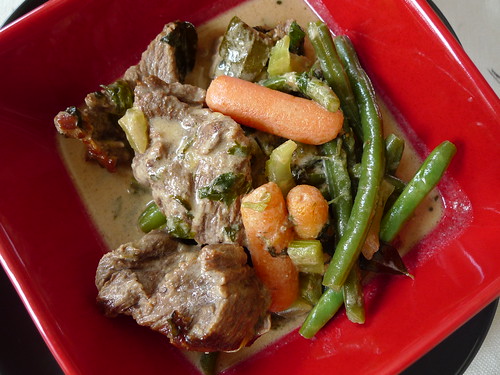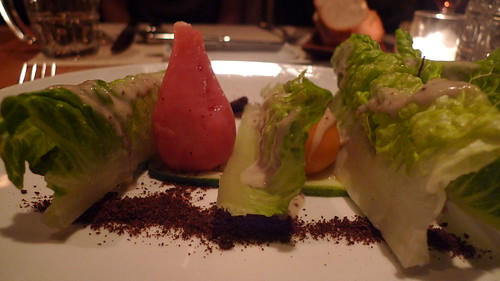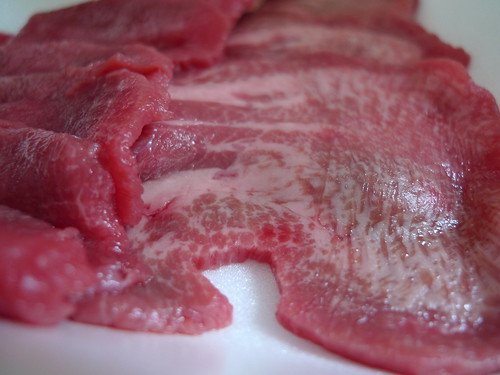I’ve been drowning in pork and beef for the last two weeks so I thought a dose of fish would do me good. Rummaging through the pantry, I found two tins of sardines and some pasta from my last visit to Trader Joe’s. Following a Sicilian recipe I found online, I threw some leftover rye bread in the food processor to make my own bread crumbs. I didn’t have capers handy but I can imagine it would have been the kick the dish needed–I settled for red pepper flakes instead. A splash of lemon juice before serving gave this pasta dish the fresh touch it deserved.
Ingredients:
linguini
2 tins sardines, drained
1 cup bread crumbs
a handful of parsley, finely chopped
3 cloves garlic, minced
1 small red onion, thinly sliced
red pepper flakes
oil, salt, pepper1. Cook linguini in boiling water al dente. Drain and set aside.
2. While cooking the pasta, heat some oil in a skillet. Sauté garlic until golden brown and onions until translucent. Add bread crumbs and stir until toasted. Add parsley and season with salt and pepper. Remove to a plate.
3. Using the same skillet, heat a little bit more oil and cook sardines by sautéing and crushing them in smaller chunks. Season with red pepper flakes.
4. Transfer drained pasta to the skillet and toss with the sardines. Add back the cooked bread crumbs and keep tossing until combined.
Related post/s:
Try the cioppino recipe for seafood in broth






